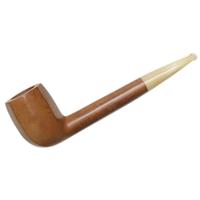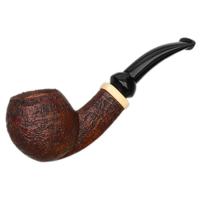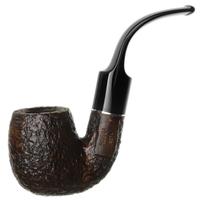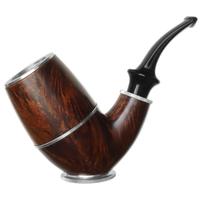Hi all,
Relatively new pipe smoker here. I've got a question to which I've yet to find a clear and concise answer.
So, your typical OTC blends like PA and CH are, for all intents and purposes, burley based. They're very mild and don't provide much in the way of a nicotine buzz. The same can be said for a lot of Sutliff blends comprised mainly of burley.
Now Cornell and Diehl are known for their burley game. I have a handful of their blends cellared at the moment and just recently (as in roughly 30 minutes ago) decided to sip on a little "Big 'n' Burley" for a change of pace. Oh, my. I haven't had a nic buzz like this in a long time
Does leaf quality alone account for such a dramatic difference in strength? I'd love to hear what y'all have to say
Relatively new pipe smoker here. I've got a question to which I've yet to find a clear and concise answer.
So, your typical OTC blends like PA and CH are, for all intents and purposes, burley based. They're very mild and don't provide much in the way of a nicotine buzz. The same can be said for a lot of Sutliff blends comprised mainly of burley.
Now Cornell and Diehl are known for their burley game. I have a handful of their blends cellared at the moment and just recently (as in roughly 30 minutes ago) decided to sip on a little "Big 'n' Burley" for a change of pace. Oh, my. I haven't had a nic buzz like this in a long time
Does leaf quality alone account for such a dramatic difference in strength? I'd love to hear what y'all have to say













